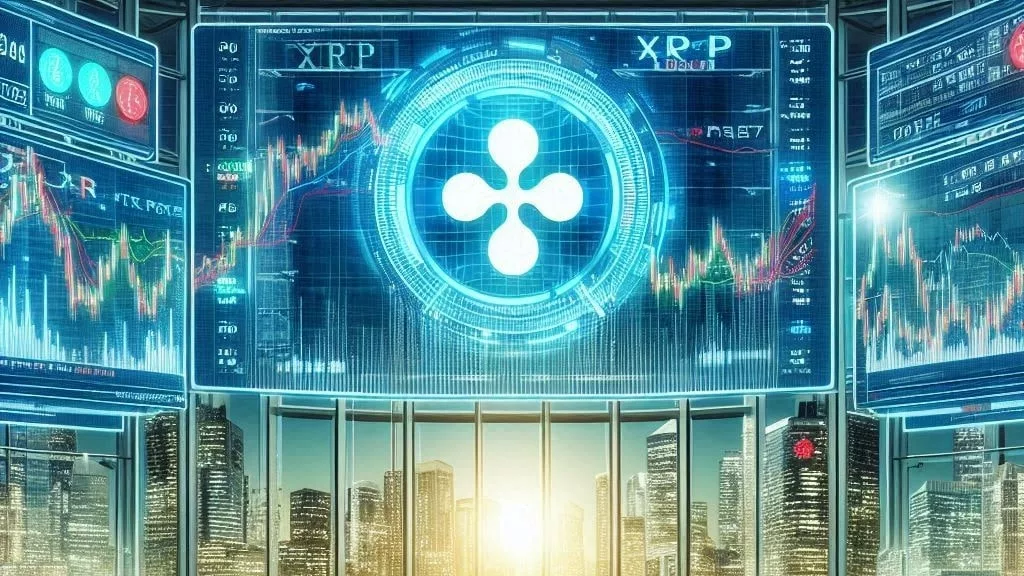
Benjamin Cowen, a well-known market analyst, warns that if the current trend in Ethereum’s supply continues, its price could drop to levels last seen before the major network upgrade known as The Merge, which occurred in September 2022.
Benjamin Cowen shared his forecast, suggesting that Ethereum’s supply has been increasing at a rate of about 60,000 ETH per month since April 2024. If this trend continues, Ethereum’s total supply could return to its pre-The Merge level by December 2024. To understand the significance, it’s important to note that The Merge transitioned Ethereum from a proof-of-work to a proof-of-stake model, drastically reducing the amount of new ETH introduced into circulation. By April 2024, Ethereum’s supply had decreased by approximately 455,000 ETH due to this change. However, the supply has since started to rise again, with an increase of around 15,000 ETH.
Cowen’s analysis suggests that if this trend persists, Ethereum’s price might face downward pressure in the coming months. He also draws a parallel with 2016, predicting that a similar trend could lead to a decline in the ETH/BTC trading pair starting in September 2024. This scenario could overshadow the current enthusiasm surrounding the new Ethereum ETFs.
On-chain analyst Leon Waidmann recently highlighted a notable issue with Ethereum’s supply. In a post dated July 16, Waidmann reported that only 10.2% of Ethereum is currently available on cryptocurrency exchanges, while a significant 39.3% of ETH is locked in smart contracts.
Waidmann pointed out that this reduced availability of Ethereum might be surprising to many investors. Despite the lower liquidity, he believes that this situation could be beneficial for Ethereum in the long term. The limited availability could potentially drive up the value of Ethereum as it becomes scarcer.
The interplay between Ethereum’s supply trends and the introduction of new ETFs paints a complex picture for the cryptocurrency’s future. While the ETFs might generate initial excitement and increase investment in Ethereum, the potential for rising supply and historical price patterns could present challenges. Investors should remain aware of these factors and consider both the immediate and long-term implications for Ethereum’s price.
As the market prepares for the arrival of new Ethereum ETFs, it’s essential to keep an eye on the broader context of Ethereum’s supply and historical price movements. Although the ETFs could raise initial interest, the potential for an increased supply and past market trends could influence Ethereum’s price trajectory in the months ahead.
As investors prepare for the arrival of new Ethereum ETFs, it’s crucial to consider both the immediate and long-term factors that could influence Ethereum’s price. While the ETFs are expected to bring new capital and interest to the cryptocurrency, the increased supply and historical price trends are important elements to watch. The interaction between these factors could determine whether Ethereum maintains its current price levels or experiences a decline.
Investors should also pay attention to broader market trends and economic conditions that could impact Ethereum’s price. Factors such as regulatory developments, technological advancements, and shifts in investor sentiment can all play a role in shaping Ethereum’s future performance. As the market evolves, staying informed and adapting strategies accordingly will be key for those looking to navigate the complexities of Ethereum’s price dynamics.
In conclusion, while the introduction of new Ethereum ETFs could raise initial excitement, the potential for increased supply and historical market patterns must be carefully considered. Investors should approach these developments with a comprehensive understanding of the factors at play to make informed decisions about their Ethereum investments.




Get the latest Crypto & Blockchain News in your inbox.